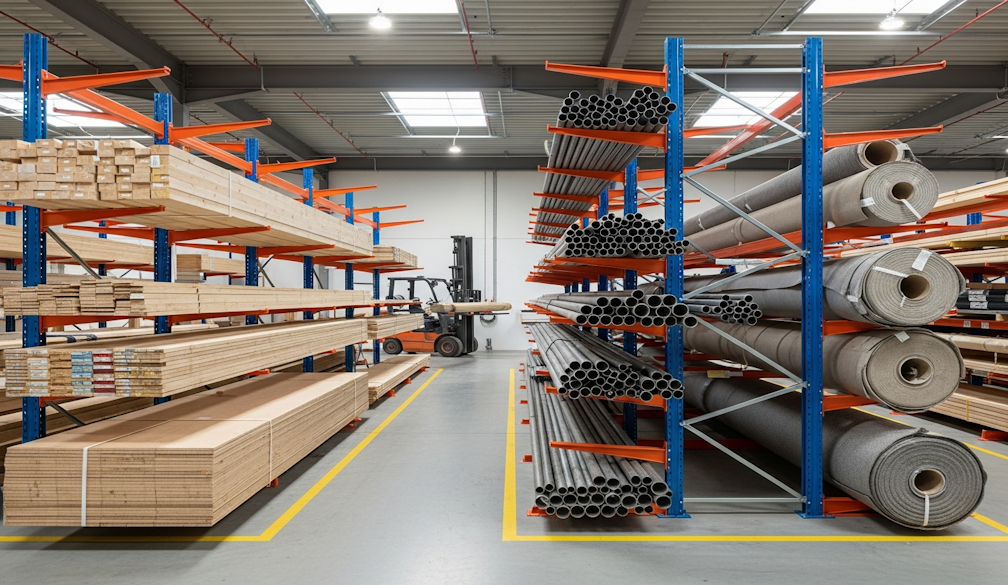The History of Craft Beer: From Monasteries to Modern Breweries

Craft beer has a rich and fascinating history that stretches back centuries. What we enjoy today in trendy taprooms and bustling breweries is the result of generations of brewing traditions, experimentation, and passion. Whether you’re sipping a hazy pale ale or joining a brewery tour on the Gold Coast, each glass carries echoes of the past and the evolution of beer culture.
Beer and the Monastic Tradition
The earliest roots of craft brewing can be traced to monasteries across Europe. Monks became renowned for their brewing skills as far back as the Middle Ages, perfecting recipes not only for sustenance but also as a way to generate income for their communities. These monastic breweries laid the groundwork for many brewing methods still in use today, particularly in Belgium and Germany.
Monks were meticulous record-keepers, ensuring their brewing knowledge was preserved and passed down. Many of their brews were designed to be hearty and nourishing, often consumed during fasting periods when solid food was restricted.
The Rise of Regional Brewing
As brewing knowledge spread, communities across Europe began to develop their own regional beer styles. Germany became famous for its lagers, while Britain leaned towards ales, porters, and stouts. Ingredients such as hops, barley, and yeast were used in different combinations, giving rise to unique flavour profiles that reflected local traditions and resources. This regional diversity formed the backbone of what we now call craft beer—an emphasis on creativity, tradition, and place.
Industrialisation and the Decline of Traditional Brewing
The 19th and 20th centuries brought mass production and standardisation. Large breweries emerged, focusing on efficiency and consistency. While this made beer widely available, it also diluted the individuality and distinctiveness of traditional brews. Many small-scale breweries couldn’t compete, and for a time, the rich variety of craft styles almost disappeared from the mainstream.
The Craft Beer Revolution
The modern craft beer movement gained momentum in the 1970s and 1980s, particularly in the United States, before spreading worldwide. Small, independent brewers rejected uniformity and reignited a passion for bold flavours, unique brewing techniques, and community-focused operations. Australia quickly embraced this trend, with craft breweries springing up in both urban centres and regional towns.
Today, craft breweries are more than just places to enjoy a drink—they’ve become social hubs, creative spaces, and symbols of local pride. The diversity of craft beer styles available now rivals, and often surpasses, anything seen in the past.
Craft Beer Today: Innovation Meets Tradition
Modern craft brewers strike a delicate balance between honouring centuries-old brewing traditions and pushing boundaries with new flavours and techniques. From barrel-aged stouts to hop-heavy IPAs and even sour beers infused with native ingredients, today’s brewers are constantly experimenting. At the same time, many breweries remain committed to sustainable practices, community engagement, and authenticity—values that echo the earliest brewing traditions.
Bottoms up!
The history of craft beer is a story of resilience, creativity, and connection. From monasteries to modern breweries, beer has evolved into an art form that celebrates culture, tradition, and innovation. Next time you raise a glass, remember you’re part of a story that’s been centuries in the making.



















